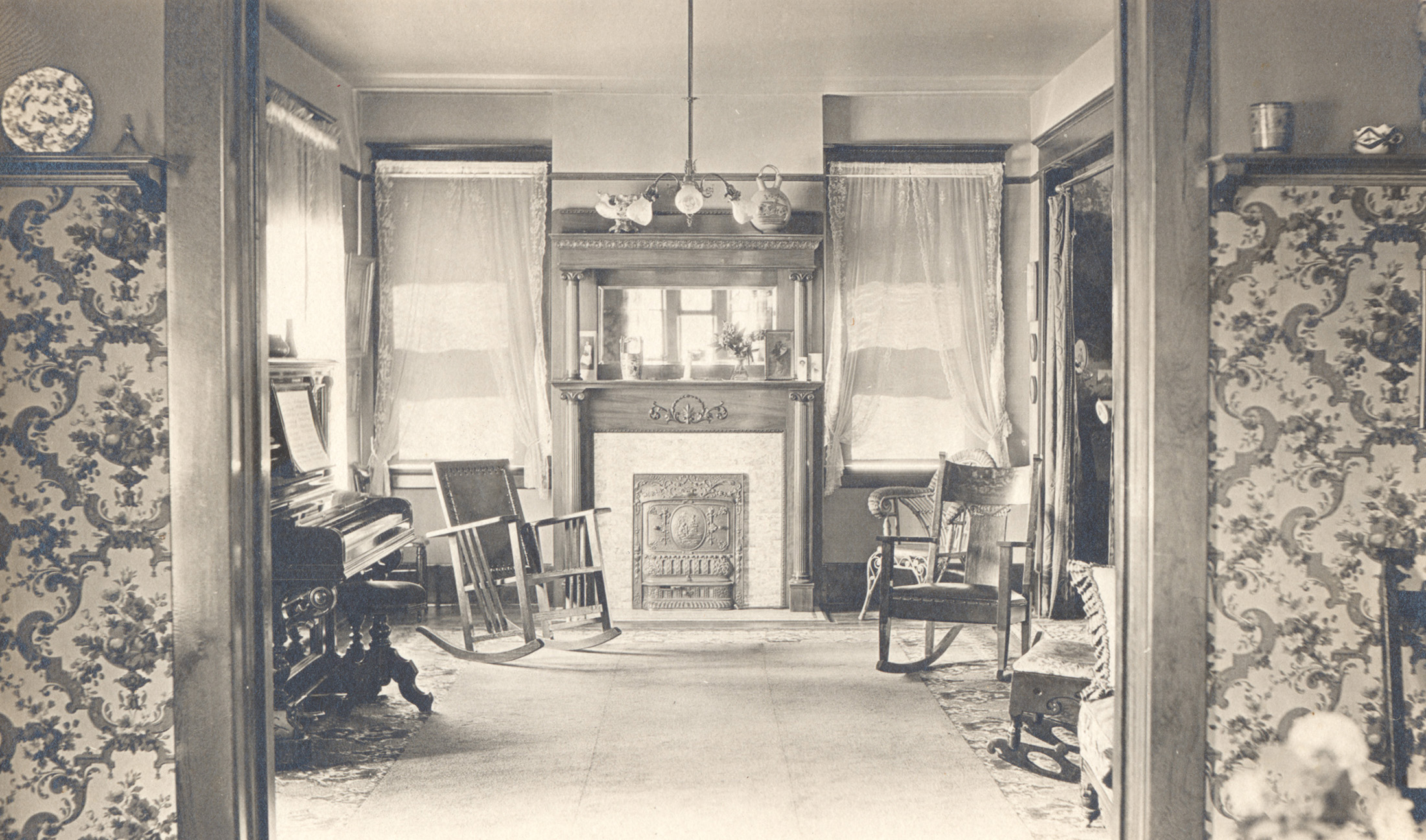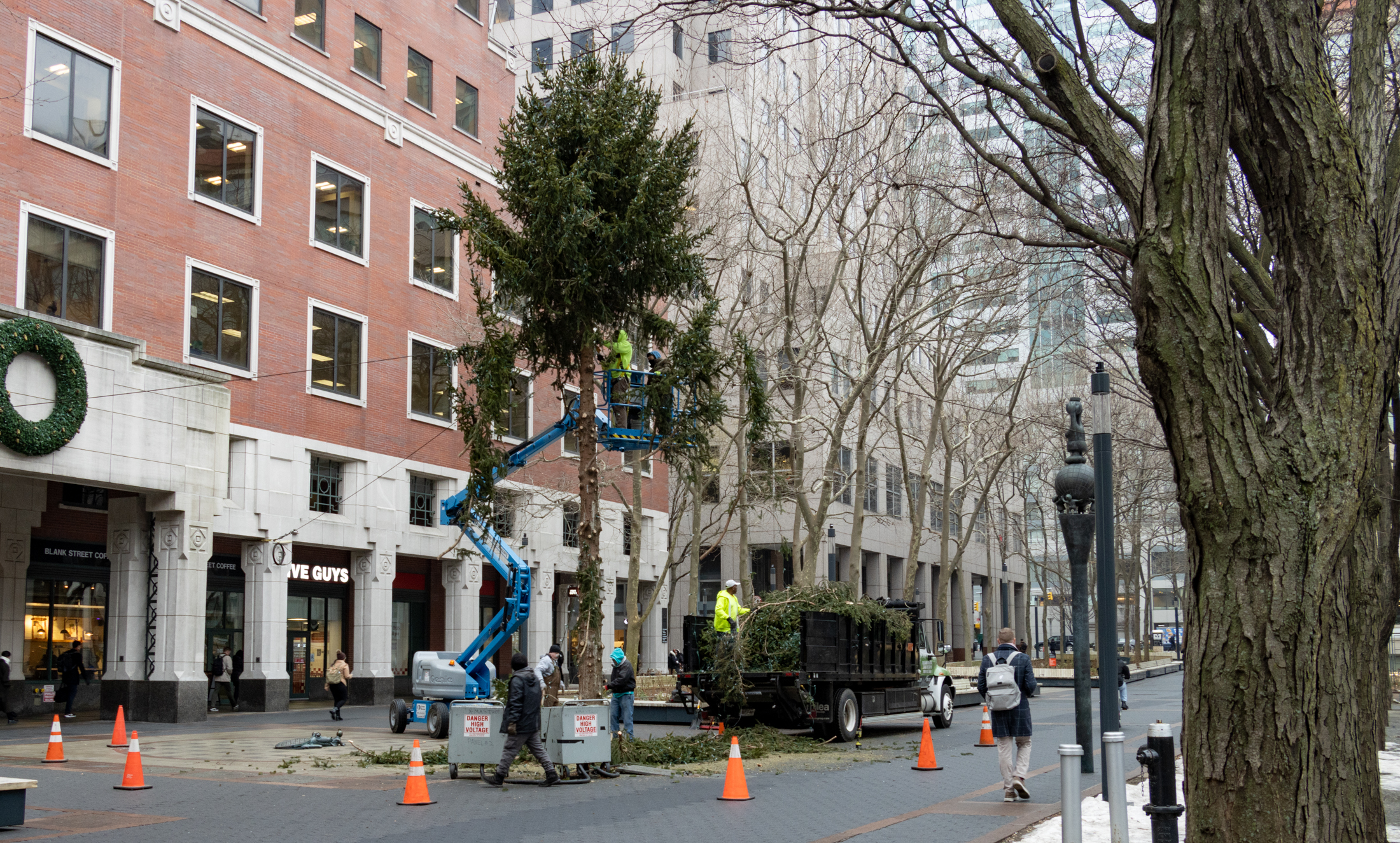Vacate Order on Washington and Myrtle
212 Ralph Avenue wasn’t the only four-story brick building to be vacated by the Department of Buildings in the last few days: 180 Washington Avenue, at the southwest corner of Myrtle Avenue in Clinton Hill, was closed up over the weekend account of the “imminently perilous” conditions. The American Red Cross was also nice enough…


212 Ralph Avenue wasn’t the only four-story brick building to be vacated by the Department of Buildings in the last few days: 180 Washington Avenue, at the southwest corner of Myrtle Avenue in Clinton Hill, was closed up over the weekend account of the “imminently perilous” conditions. The American Red Cross was also nice enough to leave a note for residents who may not have been able to find a couch to sleep on. GMAP





A bulge or crack could be dangerous or perfectly safe. If a bulge or settlement occurred ninety years ago, one can assume that there is no imminent danger. DOB has ordered buildings demolished with old bulges, for no good reason.
The way to deal with bulges is to install wall anchors, or in more severe cases, take down that part of the wall and rebuild it, preferably using the old brick. Demolishing a building, especially an occupied building, for no reason other than it is a bit askew, is a shame.
Here you go, bfarwell…
http://www.tomstrongman.com/ClassicCars/PaulBryant810/Images/15Cord810.jpg
I would be concerned if my building had a crack in it. The ability for water to penetrate spaces like that and cause serious damage is truly amazing!!!!!!
“Then why is everyone telling me to replace my 26-yr-old washing machine?”
Like the 500K Mercedes, it uses a lot of gas and isn’t a daily driver.
You could also probably pull a stump out of the ground with the mercedes. That stuff had some power. Though I’m partial to the 1930’s Cord myself. Sure, it sort of looked like a flying coffin, but it was an awesome flying coffin.
That said, fuel injection, tubeless tires, catalytic converters, all good things.
ML- true; lots of old buildings have cracks. However, as a resident of an old building, I’m happy that there are folks keeping an eye on them. I understand the engineering desire to be safe rather than sorry, much as I understand the enormous inconvenience (there must be a stronger word) that something like this is for residents. However, old buildings are complex creatures, unlike the shitboxes of today, and not necessarily using a readily-quantifiable set of components (ie it’s hard to say what it’s made out of it there aren’t any records and you can’t actually see it…and even if you can, who’s to say that it’s consistent, these many years later) so I while I agree that some training in how stuff was made would be useful, I don’t know that it would allay the basic concern about the structural integrity of an old building with a big crack in it.
(though why they haven’t done anything about the bstone two doors down where the window surrounds have fallen off some years ago, I don’t know. I guess the facade isn’t ‘structural’.)
Then why is everyone telling me to replace my 26-yr-old washing machine?
I have cars from the thirties and the seventies. They are definitely better made than nowadays. You can’t dent the sheetmetal by sitting on it!!!!
If you really want to see craftsmanship, try to get to a car show and have a look at the bulk of the doors of a 1930s era 500K Mercedes. The doors must weigh 300 lbs.
The 2 1/2″ thick door on my brownstone will beat out any new construction door!!!!
what I have seen many times is that fire escapes, which were added later, start to pull on the wall and create a bulge. The solution is to anchor the wall back into the floor construction.
Sometimes it is water penetration that creates the bulge, the solution is to stop the leak and tie the wall back.
If every historic building with a bulge or crack were vacated, we would be a city of displaced persons.
that side wall has been bulging for at least 10 years. I doubt that they are going to insist the building come down- but that it be properly shored up- which probably should happen.